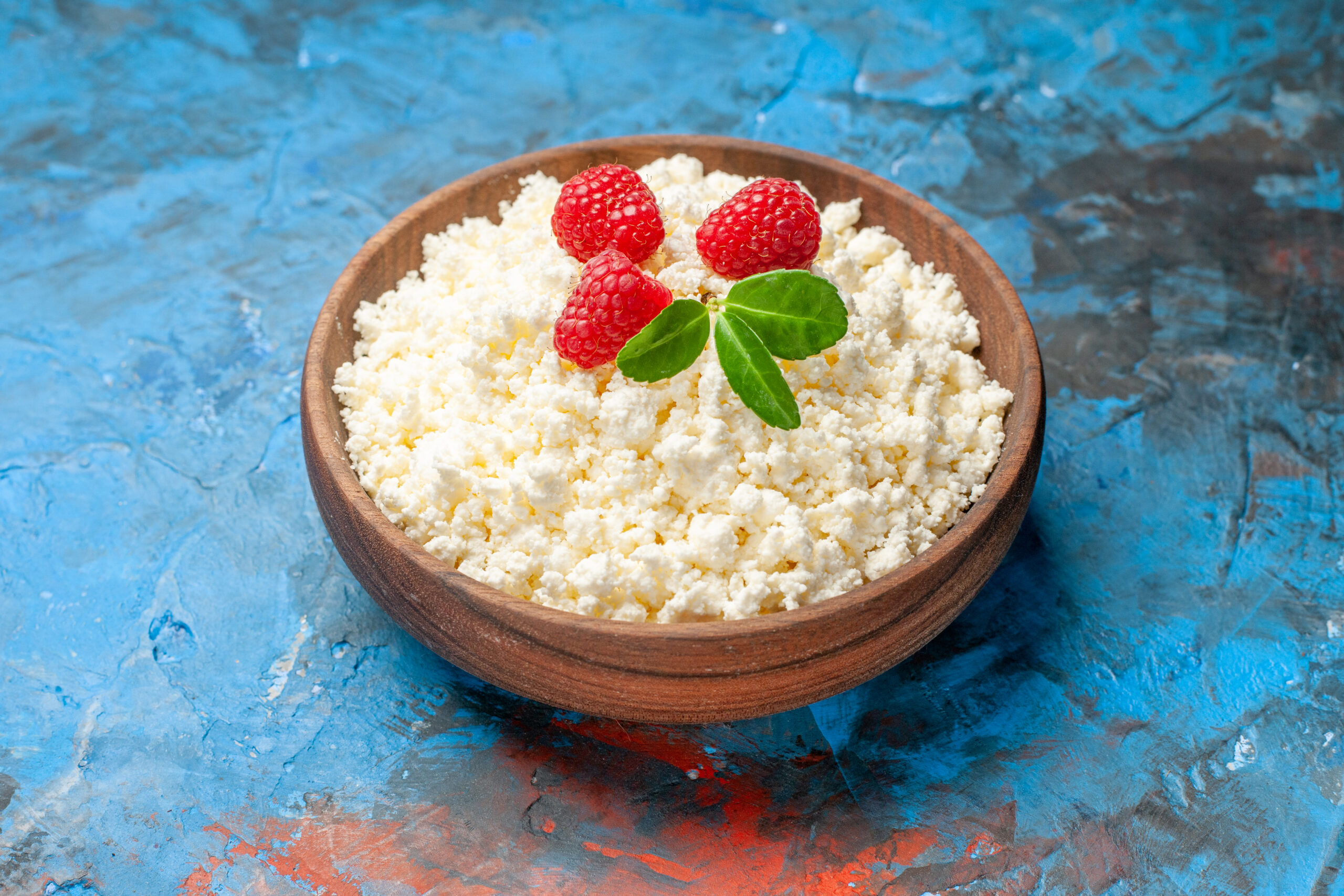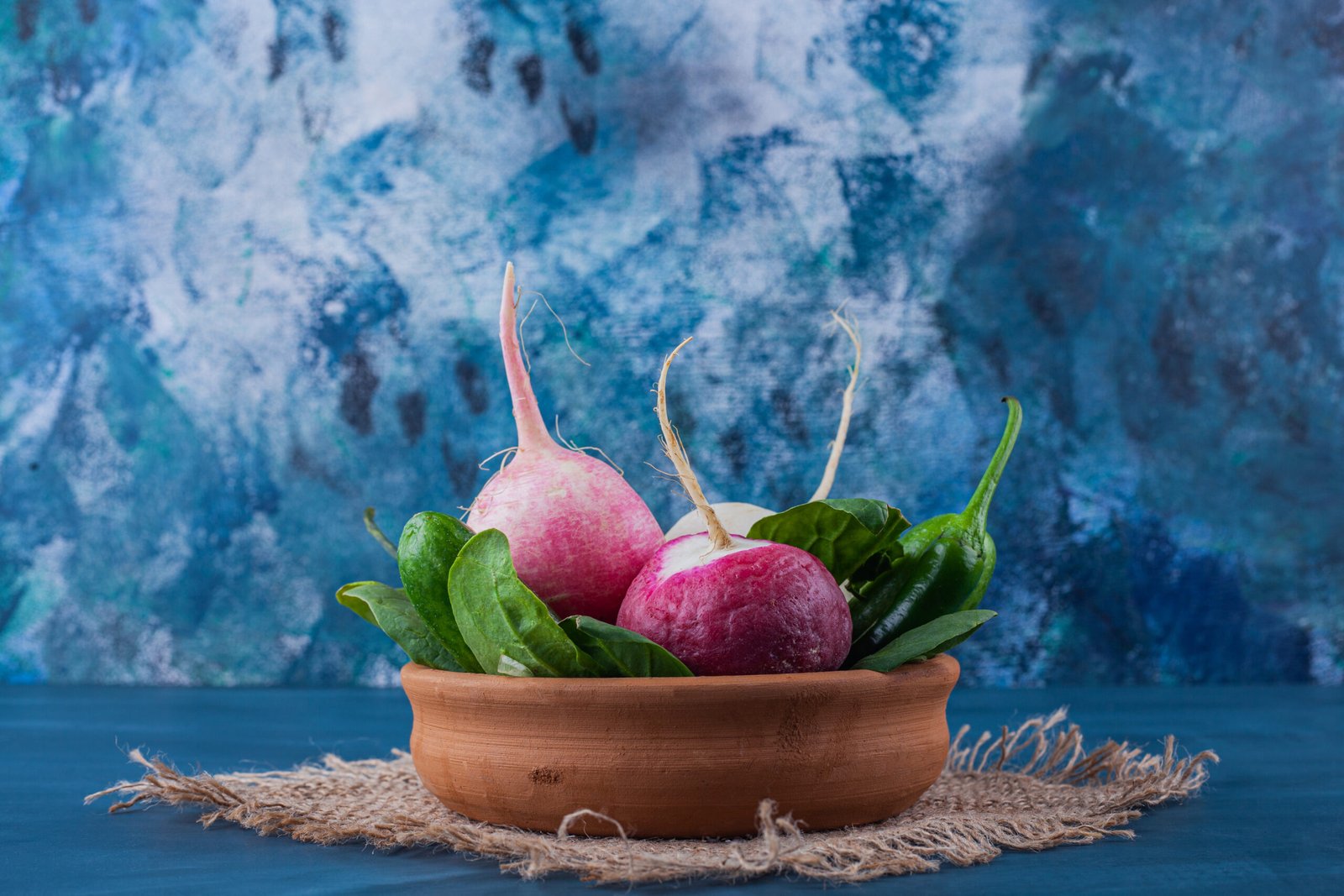Introduction:
The watermelon radish is a striking, colorful root vegetable that captivates both food enthusiasts and home gardeners alike. This unique variety of radish, known for its pale green exterior and vibrant, rosy-pink interior, resembles a mini watermelon when sliced. Originally cultivated in China and sometimes referred to as “shinrimei,” the watermelon radish belongs to the same family as cabbages and arugula, bringing a mild, slightly peppery flavor that can range from sweet to mildly spicy, depending on growing conditions.
Table of Contents
What is a Watermelon Radish?
The radish is a unique and vibrant vegetable that belongs to the radish family, known for its striking appearance and delightful taste. With an exterior that ranges from pale green to off-white and a surprising, bright magenta interior, the watermelon radish has earned its name for resembling a miniature watermelon when sliced. This heirloom variety, originally from China, is not just a treat for the eyes; it also brings a mild, slightly peppery flavor, making it perfect for a variety of culinary uses.
Nutritional Profile of Watermelon Radishes
Radishes pack a significant nutritional punch in a small package. Despite being low in calories, they are high in vital vitamins and minerals.. Here’s what you can expect:
Vitamin C: Essential for a strong immune system, skin health, and antioxidant protection.
Fiber: Maintains a sensation of fullness and promotes good digestion.
Potassium: Vital for heart health and maintaining balanced blood pressure.
Antioxidants: Reduces inflammation and supports cellular health.
Including radishes in your diet contributes to a balanced, nutrient-rich meal plan while adding a pop of color to your plate.

Health Benefits of Watermelon Radishes
Boosts Immune Health
Thanks to their high vitamin C content, watermelon radishes play a role in strengthening the immune system. This vitamin is a powerful antioxidant, helping to neutralize free radicals and supporting the production of white blood cells that fend off infections.
Promotes Healthy Digestion
Consistent bowel movements, less constipation, and a healthy gut microbiota are all benefits of watermelon radishes’ high fiber content. A fiber-rich diet is also associated with lower risks of heart disease and type 2 diabetes.
Supports Weight Management
Watermelon radishes are naturally low in calories and high in fiber, making them an ideal choice for those aiming to manage their weight. The fiber helps you feel full, curbing the urge to overeat and contributing to a balanced diet.
Contains Anti-inflammatory Properties
Rich in antioxidants, especially anthocyanins (which give the radish its bright color), watermelon radishes have anti-inflammatory effects that may help reduce the risk of chronic illnesses, including heart disease, arthritis, and certain cancers.
How to Use Watermelon Radishes in Cooking
Radishes are versatile and can be used in both raw and cooked dishes. These are a few common methods to include them in your meals.:
Fresh in Salads
Fresh radishes are a great way to enjoy their peppery flavor and crisp texture in salads. Slice them thinly to reveal their vibrant pink interior, adding both color and a refreshing crunch to any salad.
Pickled for Extra Flavor
Pickling radishes is a popular method to extend their shelf life and add a tangy, flavorful twist. Simply add sliced radishes to a mixture of vinegar, water, sugar, and spices, then store them in the fridge for up to two weeks. Pickled watermelon radishes make an excellent addition to sandwiches, burgers, and tacos.
Roasted or Grilled
For a warm, comforting side dish, try roasting or grilling radishes. Their flavor mellows when cooked, becoming slightly sweeter and less peppery. Toss with olive oil, salt, and your choice of herbs before roasting for a caramelized finish.
Blended into Smoothies or Juices
For an extra nutrient boost, add a few slices of radish to your smoothie or juice. The radish adds subtle flavor and enhances the color, especially in green juices.
As a Garnish or Snack
Their striking color makes radishes a popular choice for garnishing dishes. Slice them thinly or cut them into unique shapes to top sandwiches, soups, or sushi. They also make a healthy snack when paired with dips like hummus or guacamole.

Growing Watermelon Radishes at Home
Growing watermelon radishes is a rewarding endeavor, whether you’re an experienced gardener or a beginner. Here’s how to grow them successfully:
Choosing the Right Soil and Location
Radishes thrive in loose, well-draining soil with a neutral to slightly acidic pH (6.0 to 7.0). Select a spot in your garden that receives full sun, as radishes prefer 6–8 hours of direct sunlight each day.
Planting Season and Timing
Watermelon radishes are generally grown as a cool-season crop, thriving best in spring and fall. They require around 60 days from seed to harvest, so plan accordingly. Plant seeds in early spring after the last frost, or in late summer for a fall harvest.
Sowing Seeds and Spacing
Directly plant the seeds in the ground, spaced one inch apart and half an inch deep. Thin the seedlings to 2–3 inches apart once they have sprouted, as this gives the radishes ample room to grow to their full size.
Watering and Fertilizing
Keep the soil consistently moist but not waterlogged. Radishes need even moisture to prevent them from becoming too spicy or woody. Use a balanced fertilizer once the radishes have sprouted, but avoid over-fertilizing, as this can lead to leafy growth instead of root development.
Pest and Disease Management
Watermelon radishes can be affected by pests like flea beetles and aphids. Covering the plants with row covers can help keep these pests away. Practice crop rotation and avoid planting radishes in the same location year after year to reduce the risk of disease.
Harvesting and Storing
Harvest radishes when they reach about 3–4 inches in diameter. Gently loosen the soil and pull the radishes from the ground. Store them in the fridge for up to two weeks in a perforated bag or container to keep them fresh.

Tips for Choosing and Storing Watermelon Radishes
When purchasing radishes, look for ones that feel firm and heavy for their size. Avoid any with soft spots, cracks, or signs of wilting. To store watermelon radishes, remove the greens, as they draw moisture away from the root. Wrap the radishes in a damp paper towel and place them in a perforated plastic bag in the refrigerator. When properly stored, they should last up to two weeks.
Frequently Asked Questions about Watermelon Radishes
Are Watermelon Radishes Spicy?
Watermelon radishes have a mild, peppery flavor that is less intense than traditional radishes. The spice level depends on growing conditions, with cooler temperatures yielding a milder taste.
Can You Eat Watermelon Radish Greens?
Yes, the greens of watermelon radishes are edible and can be used in salads, soups, or sautéed. They offer a slightly bitter flavor and are a nutritious addition to your meal.
How Do Watermelon Radishes Differ from Regular Radishes?
While similar to traditional radishes in flavor, radishes are larger, milder, and feature a vibrant pink interior. This variety is less commonly found in stores, making it a special addition to home gardens.









